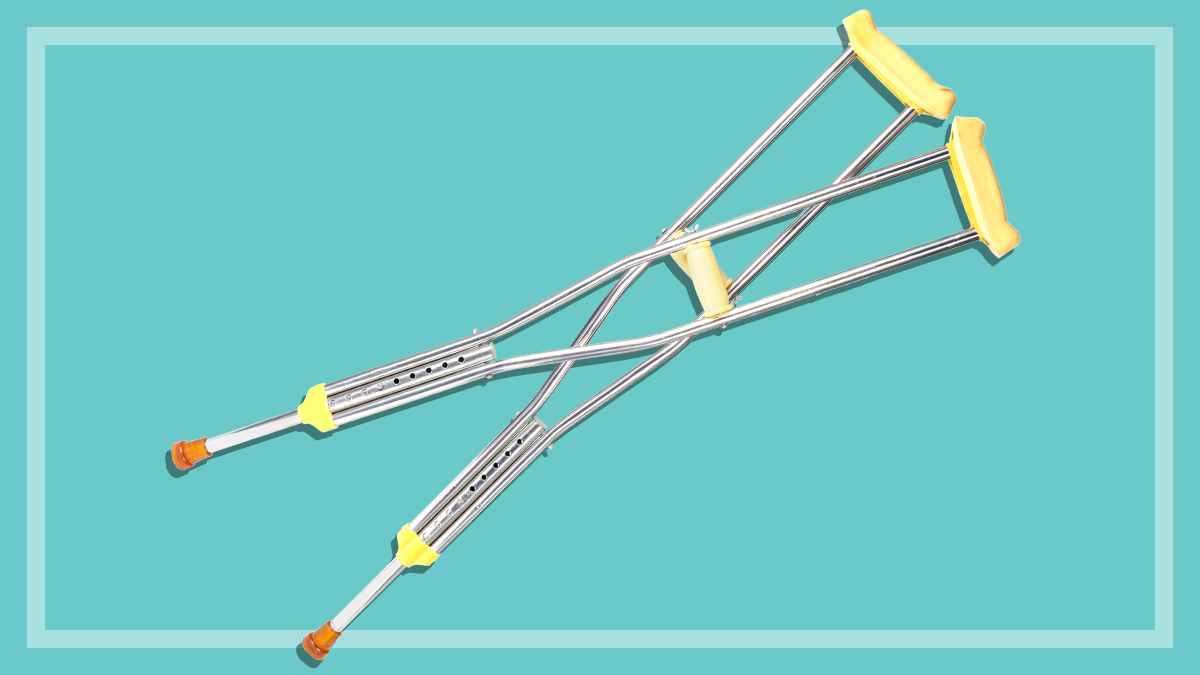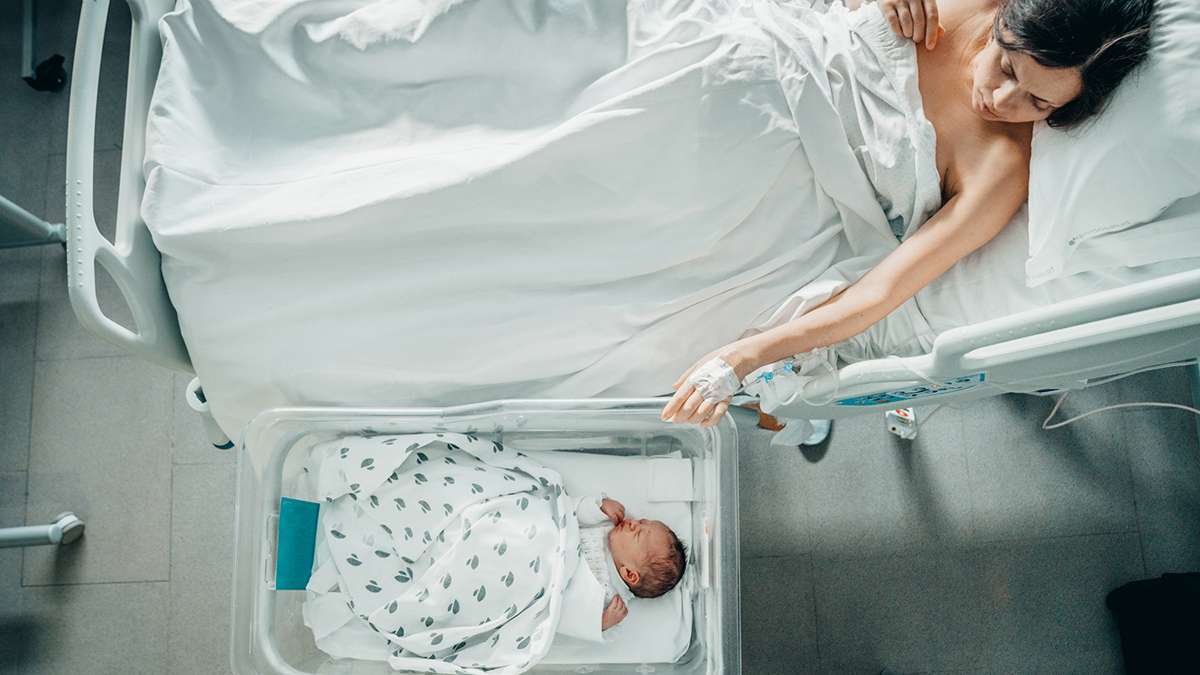Get our independent lab tests, expert reviews and honest advice.
Bad value extras health insurance

CHOICE verdict
On this page:
- Money in, money out
- What makes a policy bad value?
- The worst value extras policies
- How can I get value out of my extras policy?
It’s hard to get your money’s worth for these expensive extras products. Every year you’ll have to claim at least two dental check-ups, the full limit for optical, and up to 27 physio and chiro sessions.
On top of the high cost of the policy, you’ll also face a lot of out-of-pocket expenses, as none of these policies cover the full cost of all services. To cover the cost of a $1561 policy from Bupa you might wind up with over $1200 in out of pocket costs.
Avoid these policies unless you need to use extras services very regularly, otherwise you’ll be wasting your money.
Extras isn’t like other types of insurance. You buy hospital, home and car insurance to protect you against the high costs of unexpected calamities.
The cost of treatments covered by extras, on the other hand, tend to be substantially lower and, in most cases, are planned expenses.
You can’t budget for your house burning down, so you buy insurance. But you can budget for two dental check-ups a year, a new pair of glasses and some physio sessions during the sporting season. And you can use your extras to help reduce your out-of-pocket costs, the same way you would a book of discount coupons.
Money in, money out
If you’ve ever sat down and looked at your extras policy, you’ve come face to face with a dizzying array of annual limits, caps on individual claims, waiting periods and as many rules as there are exceptions to them. Some health funds are getting better. More policies are now offering a percentage of your bill back, instead of set dollar amounts that seem to have been decided at random.
But no matter how complicated your policy is, all extras products boil down to a single principle: money in, money out.
Money in: the premium you pay to the health fund. Money out: the benefits your fund pays you when you claim. If you put more money into your extras policy than you get out, then you have a bad-value policy.
If you put more money into your extras policy than you get out, then you have a bad-value policy
Your extras can also be bad value if you’re using allied health services more than you otherwise would, just to use up your extras limits. You’re almost always going to be out of pocket when you use your extras, and those costs add up. If you’re paying for physio sessions you don’t really need, then maybe it’s your extras policy that you don’t need.
What makes a policy bad value?
Any policy can be bad value if you don’t put in the effort to claim. But there are some that are so expensive that it’s almost impossible to claim back enough to offset the cost of the policy every year.
We’ve found the policies that offer the worst balance between price and benefits, and figured out what you would have to claim to make it worth your while. The same policy can vary in price from state to state, so we’ve done our analysis on the median premium. To be fair, we’ve also deducted the standard 25% private health insurance rebate from the price.
Some policies are so expensive it’s almost impossible to claim back enough to offset the cost of the policy every year
Extras policies tend to cover a lot of different services, especially the expensive ones. So there are a multitude of ways to claim back your premium, based on your individual health needs.
We’ve tested these policies against the most common types of claim: dental, optical, physio and chiropractic. Together they make up more than 80% of all extras claims. We’ve looked at:
- how much you get back for two regular dental check-ups
- the most you can claim for optical (you probably don’t need to be replacing your glasses every year but contact lens users will claim to the annual limit in most cases)
- how many physio and chiropractic sessions you would need to make up the rest.
We’ve also calculated what your out of pocket costs would be, using average fees for dental, physio and chiropractic.
The worst value extras policies
Medibank Top Extras 90
What you pay
Between $902 and $1400 per year for a single person, after the rebate. Premiums vary from state to state.
What you get
The clue’s in the name: 90% back on your extras bills! Asterisk: but only for dental, physiotherapy, chiropractic, remedial massage and acupuncture. Double asterisk: only if you use Medibank’s preferred providers, otherwise you get a fixed amount back.
Want to keep your own dentist? Lucky if they’re in Medibank’s network, otherwise you’ll only get back a measly $123 for a regular check-up. That’s more like 60% of the average price. Likewise if you want to claim most of the services covered by this policy: things like psychology or occupational therapy don’t have 90% benefits, because the health fund doesn’t have a provider network for them.
Can you get value?
We’re aiming to claim back the median price for this policy, which is found in Western Australia. For a single person, after the rebate, that’s $1205.
Medibank varies their benefits from state to state, so what they pay in WA might be quite different elsewhere. Here’s what you would need to claim back the full premium.
|
Fund pays |
You pay |
|
|
Dental check-up x 2 |
$246 |
$184 |
|
Optical x 1 |
$250 |
$0 |
|
Physiotherapy x 14 |
$700 |
$420 |
|
Chiropractic x 1 |
$59 |
$6 |
|
Total |
$1,255 |
$610 |
Bupa Top Extras 90
What you pay
Between $1057 and $1673 per year for a single person, after the rebate. Premiums vary from state to state.
What you get
Like Medibank, this policy gives you 90% of your bill back on only a limited range of the services covered, and only if you use Bupa’s preferred providers. This gradually increases to 100% over five years. A great pick if you’re interested in restricting your choice of providers to the ones Bupa wants you to use. You might face some hefty out of pocket expenses if you don’t: in our scenarios we wound up with over $1000.
Can you get value?
We’re aiming to claim back the median price for this policy, which is found in Queensland. For a single person, after the rebate, that’s $1553.
Bupa varies their benefits from state to state, so what they pay in Queensland might be quite different elsewhere. Here’s what you would need to claim, and what your out of pocket expenses might be:
|
Fund pays |
You pay |
|
|
Dental check-up x 2 |
$273 |
$157 |
|
Optical x 1 |
$280 |
$0 |
|
Physiotherapy x 23 |
$900 |
$940 |
|
Chiropractic x 4 |
$108 |
$152 |
|
Total |
$1,561 |
$1,249 |
NIB Top Extras
What you pay
Between $1016 and $1394 per year for a single person, after the rebate. Premiums vary from state to state.
What you get
This is a pretty uncomplicated policy: 75% back on the full range of extras services, up to each category’s annual limit. You won’t pay a gap if you get a dental check-up, single vision glasses or contact lenses at clinics owned by NIB – but all extras customers get this, it’s not an added bonus for buying the top-shelf policy.
The fund also has a network of preferred providers for dental, optical and physio. You’ll get discounted fees from them, which means lower out-of-pocket costs but more work to make your premium back.
Can you get value?
We’re aiming to claim back the median price for this policy, which is found in Tasmania. For a single person, after the rebate, that’s $1351. Here’s what you would need to claim, and what your out-of-pocket expenses might be:
|
Fund pays |
You pay |
|
|
Dental check-up x 2 |
$323 |
$108 |
|
Optical x 1 |
$350 |
$117 |
|
Physiotherapy x 10 |
$600 |
$200 |
|
Chiropractic x 2 |
$98 |
$33 |
|
Total |
$1370 |
$457 |
Australian Unity Advanced 80% Extras
What you pay
Between $1572 and $1723 per year for a single person, after the rebate. Premiums vary from state to state.
What you get
The most expensive extras policy on the open market. With 80% back on the full range of extras services, you can avoid a gap on dental check-ups if you use the fund’s preferred dentists. They don’t have any arrangements for optical and physio, but with high benefits your out of pocket costs will be low wherever you go.
Can you get value?
We’re aiming to claim back the median price for this policy, which is found in South Australia. For a single person, after the rebate, that’s $1616. Here’s what you would need to claim, and what your out of pocket expenses might be:
|
Fund pays |
You pay |
|
|
Dental check-up x 2 |
$344 |
$86 |
|
Optical |
$300 |
$75 |
|
Physiotherapy x 10 |
$600 |
$200 |
|
Chiropractic x 8 |
$416 |
$104 |
|
Total |
$1660 |
$465 |
Peoplecare Premium Extras
What you pay
$1611 per year for a single person, after the rebate.
What you get
Some of the policies on this list offer percentage benefits, others cover you up to a set dollar amount. This policy does a bit of both, seemingly at random. Claiming for physiotherapy? You’ll get set dollar benefits. What about exercise physiology (which is paid out from the same annual limit)? 80% of the bill back. It’s needlessly confusing.
Can you get value?
We’re aiming to claim back the price of this policy, which is the same everywhere. For a single person after the rebate, that’s $1611. Here’s what you would need to claim, and what your out-of-pocket expenses might be:
|
Fund pays |
You pay |
|
|
Dental check-up x 2 |
$344 |
$86 |
|
Optical x 1 |
$300 |
$0 |
|
Physiotherapy x 12 |
$600 |
$440 |
|
Chiropractic x 9 |
$370 |
$215 |
|
Total |
$1614 |
$741 |
How can I get value out of my extras policy?
Remember: extras is all about money in, money out.
- Get a copy of your annual claims statement from your health fund. This should list everything you claimed for, how much it cost and what you got back. If you couldn’t claim much in 2020 because of lockdowns, you might need to contact your fund for a 2019 statement.
- Compare your claims to your premium. Are you claiming less than you spend on the policy? Are you claiming things you don’t really need, just to use up the limits?
- If you aren’t getting value from your policy, drop your cover to a cheaper policy. Your benefits may be lower, but you’ll have a better time clawing back the premium, making it better value at the end of the day.
- Alternatively, consider self-insuring by putting money into a dedicated bank account.
What about big expenses?
Top-shelf extras policies offer some cover for things like hearing aids and orthodontia, which cost thousands of dollars. The policies above all offer between $800–1000 a year for orthodontic. For hearing aids you can claim between $600–1500. There are other policies that offer slightly higher benefits.
Major dental services like crowns and orthodontia usually come with a 12-month waiting period, as does cover for medical appliances like hearing aids
Can this be a way to get value on very expensive policies? Perhaps, but there’s a catch. Major dental services like crowns and orthodontia usually come with a 12-month waiting period, as does cover for medical appliances like hearing aids.
So, if you’re relying on big claims to give you value for money, remember that you’ll be out of pocket a full year’s premium before your cover kicks in. You’d also have to take premium increases into account.
Kids get cover for free
Everyone knows having kids is a great way to save money! When it comes to health insurance it’s not actually that much of a joke: the vast majority of policies cover children at no extra cost. This means any claims you make for your kids can contribute to clawing back that premium, without adding anything to the cost of the policy itself.





